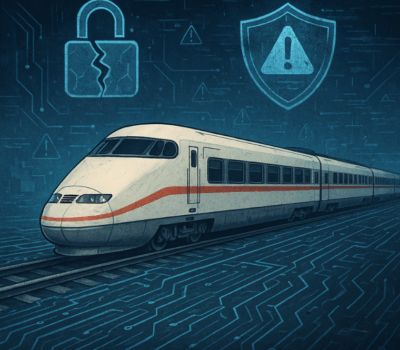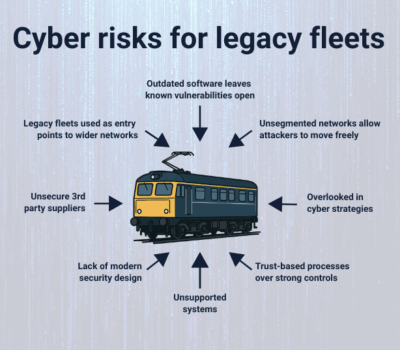Managing noise at level crossings: challenges & solutions for train operators
Level crossings are essential infrastructure within the UK’s rail network, enabling safe interaction between road, rail, and pedestrian users. However, they can often present significant challenges regarding noise management and the resulting complaints from local communities. This issue is especially pronounced at both vehicular and pedestrian level crossings, where frequent use increases the potential for noise disturbances.
The management of noise within the rail industry is a regulatory requirement and a crucial factor in fostering positive relationships with local communities, improving operational efficiency and aligning with industry standards. Addressing the unique challenges posed by level crossings is vital to mitigating additional noise risks and ensuring a balanced coexistence between the rail network and its surrounding environments.
Why effective noise management at level crossings is crucial
While level crossings themselves are not a direct source of noise, they require train drivers to take specific actions, such as sounding the horn and adjusting speed, which can generate additional noise beyond standard railway operations. These actions are necessary for ensuring safety, particularly in areas where level crossings are near residential communities.
Prolonged exposure to high-decibel sounds, like train horns, can disrupt sleep, increase stress and negatively impact the physical and mental well-being of nearby residents.
As a driver approaches a level crossing, they must sound the train horn at designated whistle boards, as per guidelines from the Rail Safety and Standards Board (RSSB). These whistle boards are positioned to provide sufficient warning to pedestrians, cyclists, and motorists using the crossing. Drivers may also need to reduce train speed to comply with operational safety requirements. Although essential, this can amplify noise levels particularly, during the night-time quiet period (NTQP), making effective noise management critical for reducing disruption to local communities.
The noise problem at level crossings
Our experience indicates that noise complaints at level crossings stem from a variety of factors, including:
- Whistleboard horn activation: Trains sounding horns at whistleboards, particularly during the night-time quiet period (NTQP), can disrupt nearby residents and contribute to heightened noise complaints.
- Driver interactions: Improper or excessive use of the horn near residential areas or when interacting with passersby can worsen noise complaints and increase community frustration.
- Inconsistent horn tonalities: Different horn sounds from various suppliers create an unpredictable noise that can annoy local communities.
If left unmanaged, these issues can lead to complaints and risk non-compliance with regulatory standards and growing friction between train operating companies (TOCs) and the public.
The value of proactive noise management for train operators
Adopting effective noise mitigation measures offers train operating companies (TOCs) significant benefits, including improved community relations, reduced complaints management costs and better regulatory compliance. By addressing noise at its source, TOCs can save resources, avoid penalties, and optimise maintenance schedules, leading to more efficient operations and improved train performance.
Practical steps for TOCs to mitigate noise include:
- Conducting regular noise monitoring: Measure sound levels in residential areas, assess train components and perform routine horn testing to identify noise sources and trends.
- Engaging with local communities: Conduct periodic surveys and engage residents near level crossings to understand their concerns and tailor noise mitigation strategies accordingly.
- Developing robust noise management strategies: Use data from noise monitoring and community feedback to implement targeted and effective noise mitigation plans
- Maintaining detailed maintenance records: Proactively track servicing and repairs to address and prevent noise-related issues
- Equipping drivers with skills for considerate operation: Train drivers to operate trains considerately during NTQP and when interacting with people near crossings
- Streamlining complaints management: Establish efficient systems to address and resolve noise complaints, improving community satisfaction.
How we can help
At Encompass Engineering, we specialise in providing acoustic consultancy services and noise solutions to help infrastructure and rail operators address noise management challenges. Leveraging our expertise in the rail industry, we combine hands-on engineering support, maintenance optimisation and noise consultancy to deliver a holistic service that spans all project stages.
Managing level crossing noise is just one critical component of a broader noise management strategy, and we can support all aspects of rail-related noise mitigation. From precise noise measurement and regulatory compliance support to targeted mitigation strategies and long-term operational success, we provide effective, sustainable and cost-efficient solutions.
Learn more about our noise and vibration management services or get in touch to discover how we can help your business.






